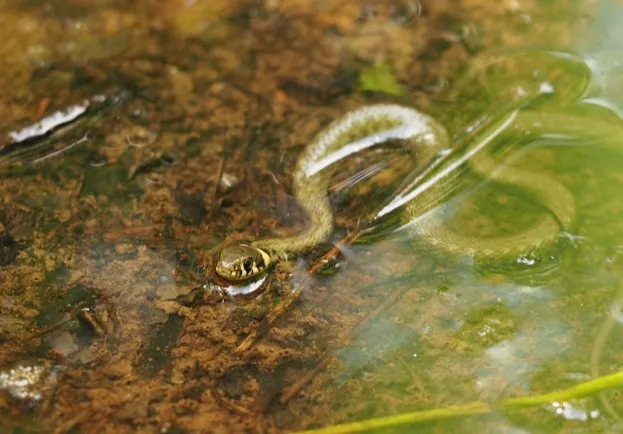Snake fungal disease (SFD) is known to occur in wild snakes in the USA, and has now been discovered in Europe.
The disease is caused by a fungus, Phidiomyces ophiodiicola, and can lead to skin lesions, scabs and crusty scales, which can become infected and contribute to the death of a snake.
Samples collected from wild snakes in the UK and the Czech Republic between 2010–2016 were analysed.
“Our team at ZSL (Zoological Society of London) found evidence of SFD in grass snakes from the UK and a single dice snake from the Czech Republic,” said wildlife vet Dr Lydia Franklinos.

The study, led by ZSL and partners, including United States Geological Survey (USGS), found that the fungus strain in Europe was different to the strain found in North America.
“Rather than being introduced across the Atlantic, or vice versa, the disease could have been present below the radar in European snakes for some time,” said Franklinos.
SFD is not known to pose any risk to humans or livestock, but the increasing emergence of deadly fungal pathogens is concerning to wildlife disease experts.
As well as SFD, these pathogens include white-nose syndrome in bats and chytridiomycosis in amphibians.
“Comparing how SFD affects wild snakes on different continents may help us pinpoint the factors causing the disease to emerge and help managers identify mitigation strategies,” said Dr Jeffrey Lorch from the USGS National Wildlife Health Center.

Read the full paper in Scientific Reports
